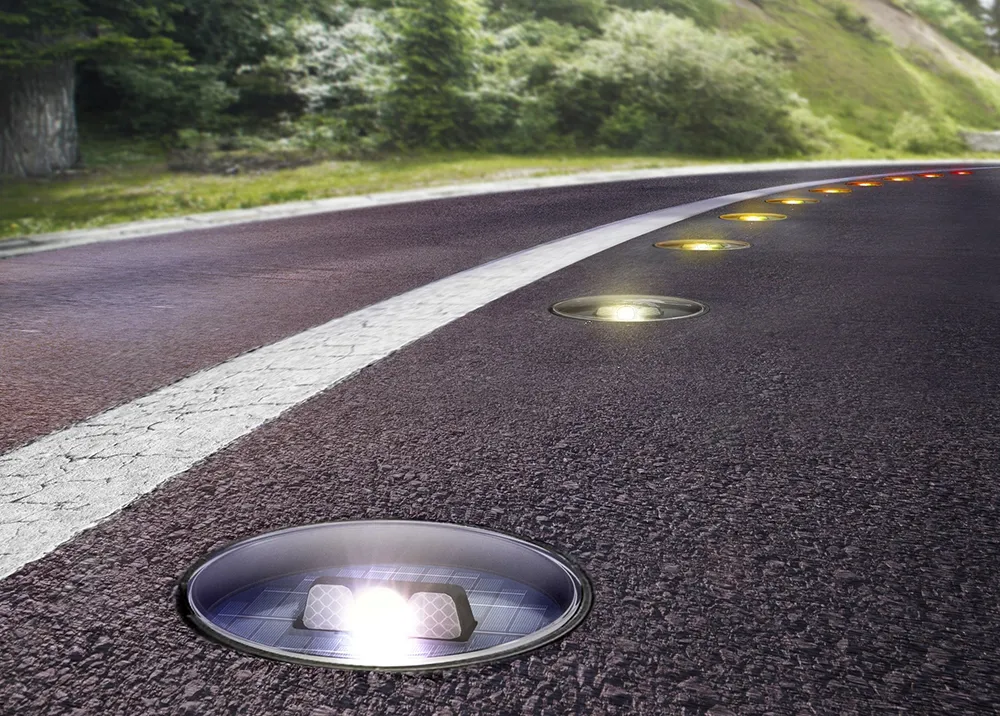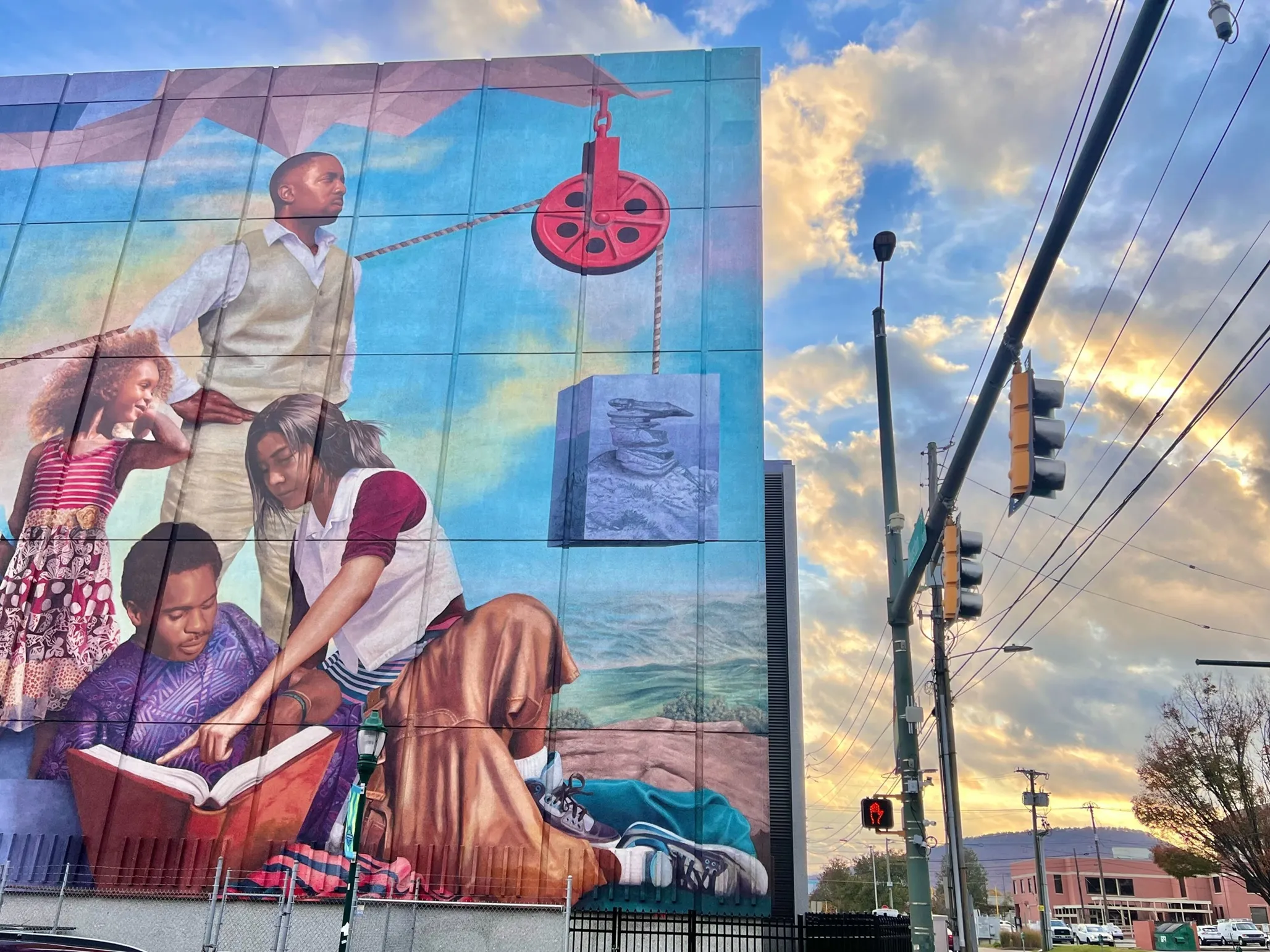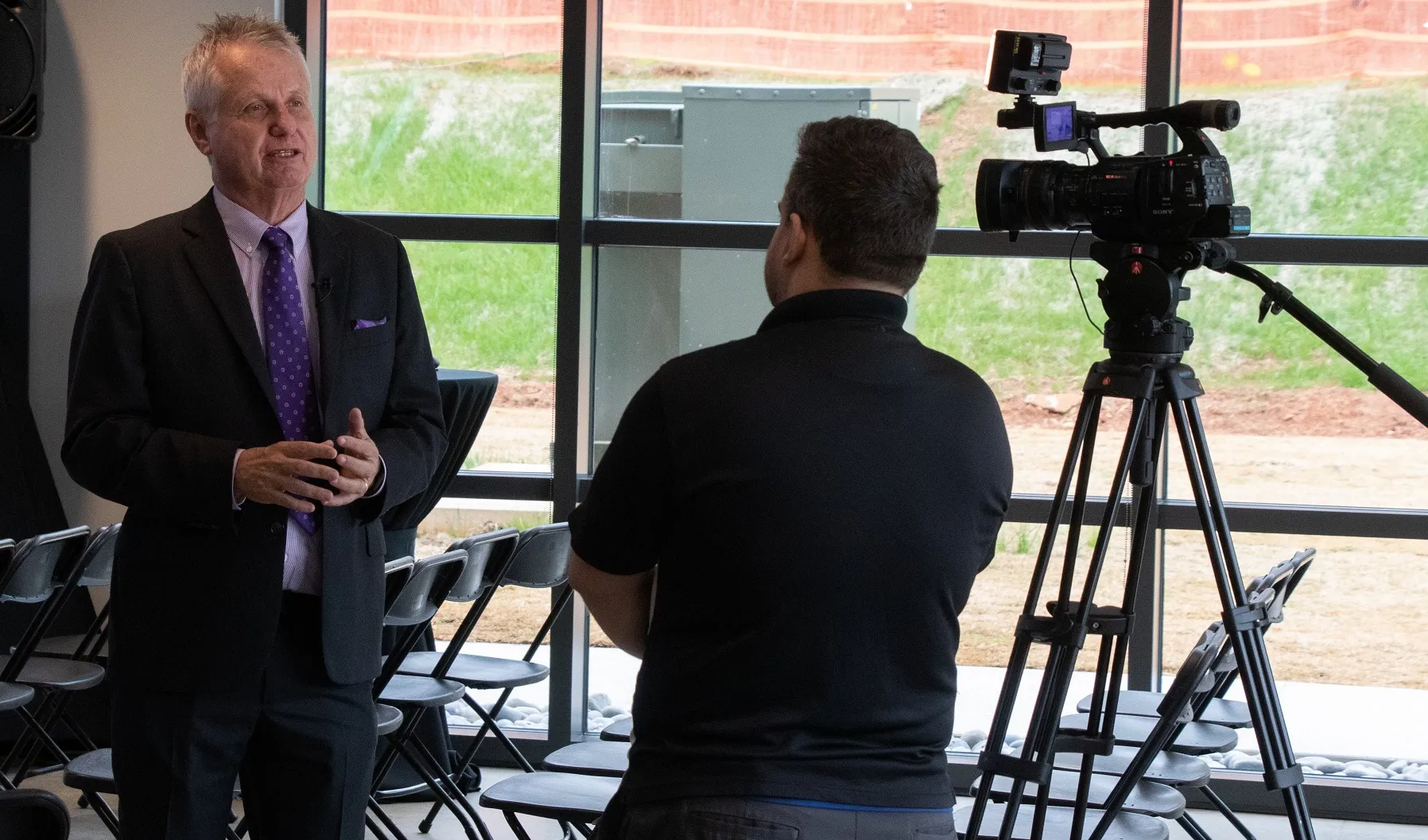
What if pulses of light in the highway could alert drivers to obstructions or poor weather ahead, thus improving driver safety? The Ray, the living transportation laboratory which covers 18 miles of I-85 in West Georgia, wanted to find out. It asked Innovia Technology to explore making a solar road stud ‘smart’ enough to detect driving dangers.
“The core concept of the road stud starts in the humble Catseye, which is a classic invention patented an awfully long time ago,” said Andy Milton, innovation consultant at Innovia. The technology involved in solar panels, batteries and LEDs has now progressed to the point where it is possible to do much more with road studs, including the insertion of sensors and Internet of Things connectivity.
“So I can count every single vehicle on the road,” Milton continues. “I know exactly where it is and how fast they’re moving. I can tell if one of them has left the road, for example. And then it’s important to get them talking to each other. So the studs talk to each other, a set of them talk to roadside boxes, and the whole system has built up a really valuable data stream, and a real-time, digital twin of the road and of every vehicle on it.”
Milton sees a number of use cases. “One early idea was that the lights can steadily pulse the speed limit – so if you’re going too fast you realise you’re overtaking them,” he explains. “They could go blue if the road’s too cold and there’s a danger of ice. They could change to red to close off lanes, they could flash to warn of a hazard up front. If a car has pulled over on the hard shoulder, a set could go red behind the car. So there’s a whole set of things - but it needs to be intuitive, rather than lots of flashing distractions all over the place. If it takes you a little while to process what that colour or that flash means, it may not be helpful.”
Colour cues
Humans will not necessarily respond to the obvious, says Dr Helena Rubinstein, behavioural scientist and Innovia director of strategic services. “You notice that if you speed music up, people move faster,” she begins. “Colour works the same with visual cues. So, if you want people to slow down, you can make the pulses go slow. If you want them to speed up you make the pulses go faster. That’s the sort of intuitive way that people understand cues that they get in the environment.”
Therefore the real value of the road studs is to help people to drive more safely. “It’s very important that we figure out how to make roads less dumb and more communicative,” she says. “We looked at the psychology of what’s going on out on the road. Accidents happen usually not because people drive badly, it’s because they’re not paying attention, they’re distracted by things that are going on - and people tend to see what they expect to see rather than actually thinking that something unusual might be happening.”
Therefore installing more warning signs is not likely to work, she argues. “‘Do this’, ‘Don’t do that’, ‘Drive safely’, ‘Put your seatbelt on’ - all it does is add to the chaos, in fact, because it’s just another distraction: the more signs you have, the more likely you are to have an accident. What you really want to do is to keep people on their toes, to introduce something into the environment that makes you stop and go: ‘You’re telling me something here. You’re making me think about something different.’”
Innovia innovation consultant Glenn Le Faou describes what drivers would see: “Imagine swooshes of pulses of light going along at the speed limit, where each light just gets slightly brighter so you get this trail or flow of lights.”
One of the reasons why accidents happen is because traffic speed is not sufficiently regulated, leading to cars being too close together, he says. Some highways flash up variable speed limits from gantries to address this. “Being able to do that, not just at every gantry but at any given point on the road could be hugely valuable,” Le Faou goes on. “But not only that, you can also give advance warnings for hold-ups or slowing traffic up ahead. Currently we have to see the car slowing down, we have to see the brake lights up ahead - but the studs provide the opportunity to effectively move those brake lights, much, much more in advance so that you know when traffic does slow, you can slow down with more warning. That helps space out the vehicles and regulates the traffic.”
Driving practice
Rubinstein says that research was carried out to see how the studs would work in practice. “We needed to simulate how they would behave with real people, different kinds of drivers” she says. “There are people who are routinely rather aggressive on the road, and at the other end there’s people who are rather cautious - and they equally have their problems.”

Familiarity with road conditions can also breed indifference. “There are people who have got so habituated to driving they’re not even thinking about,” she continues. “If you’ve been driving, you know you can literally drive home and not realise what you’ve been doing. So we created a simulation with different kinds of drivers to see how they would respond to these signals and to figure out whether it was as intuitive as they thought they were. And I think some didn’t work very effectively at all, and others looked like they had a chance of working really effectively.”
The road studs have been patented and the test process has given Innovia and The Ray pointers as to where to move their development efforts. And quite apart from actually learning how to make them, Rubinstein says there is one other big thing that the collaboration with The Ray has taught the company. “I think one thing we’ve learned is the sense that the road doesn’t have to be this dumb thing that doesn’t contribute anything. It doesn’t just connect you from A to B - it can be some of the other things that The Ray has been experimenting with, like generating energy using solar power. Suddenly this road then has all sorts of interesting things going on: it can communicate with you, it can add to the positive environmental experience. Now that’s really interesting.”
New energy
Milton agrees: “There’s a big learning in the future of transport and the future of energy not creating problems for each other - but creating opportunities for each other. The future of transport is electric vehicles [EVs], but where will the energy come from? And that is sometimes presented as a problem. Of course, if it’s not from a renewable resource it is still emitting some carbon, and really for a more sustainable future it should be carbon-free.”
But there is a lot of land around roads – such as wide median strips - in the US. And that land can be used to create energy: The Ray has already demonstrated it is possible to produce one megawatt of solar power from just one triangle of land next to a junction off-ramp, Milton says.
“In places like Georgia, solar has hit grid parity, it’s the cheapest way of making power,” he adds. “A solar panel is not only the most renewable option, it’s the most economical option - especially in exactly the places I’m going to want to put EV chargers to reduce range anxiety, which is in between cities, where people are making long journeys where the grid isn’t the strongest. So the two really go hand in hand and help each other; and if I want to build out lots of renewable energy, selling it to EV drivers on highways is a fantastic market.”










